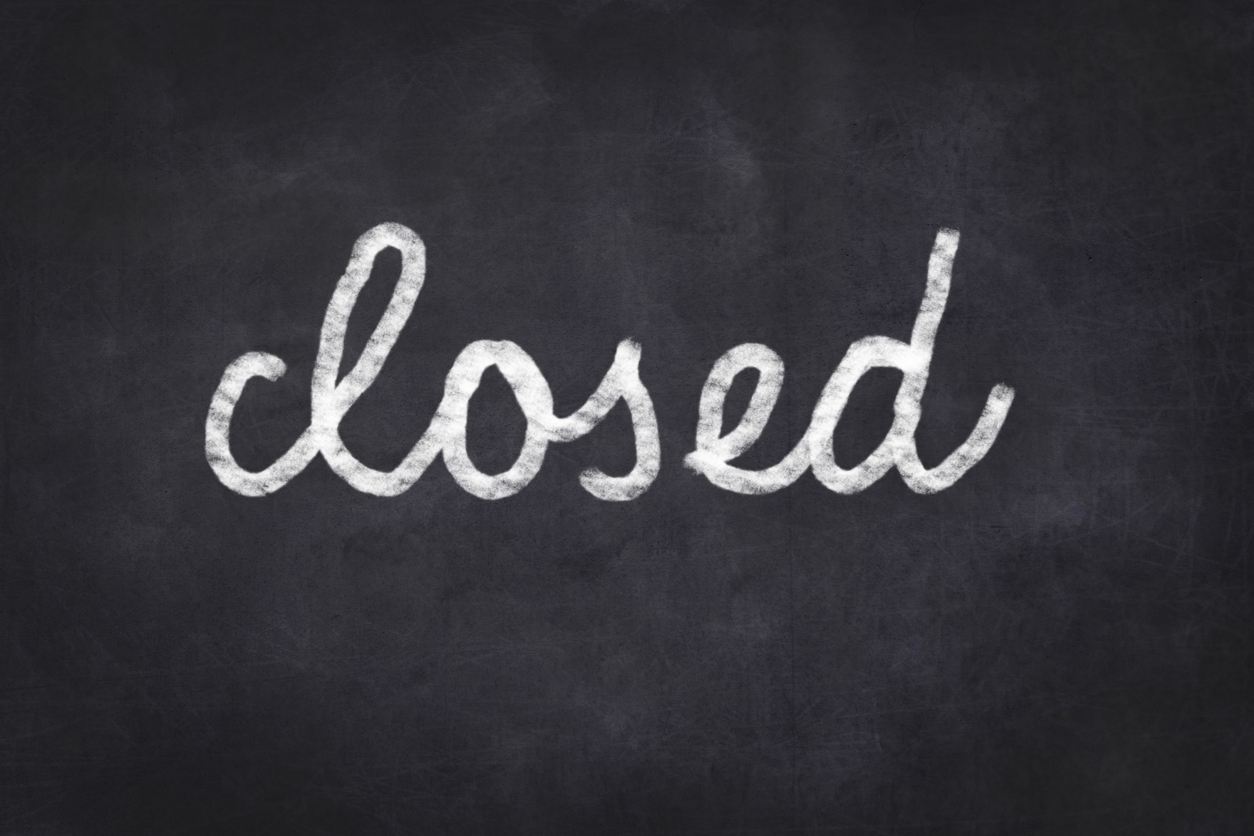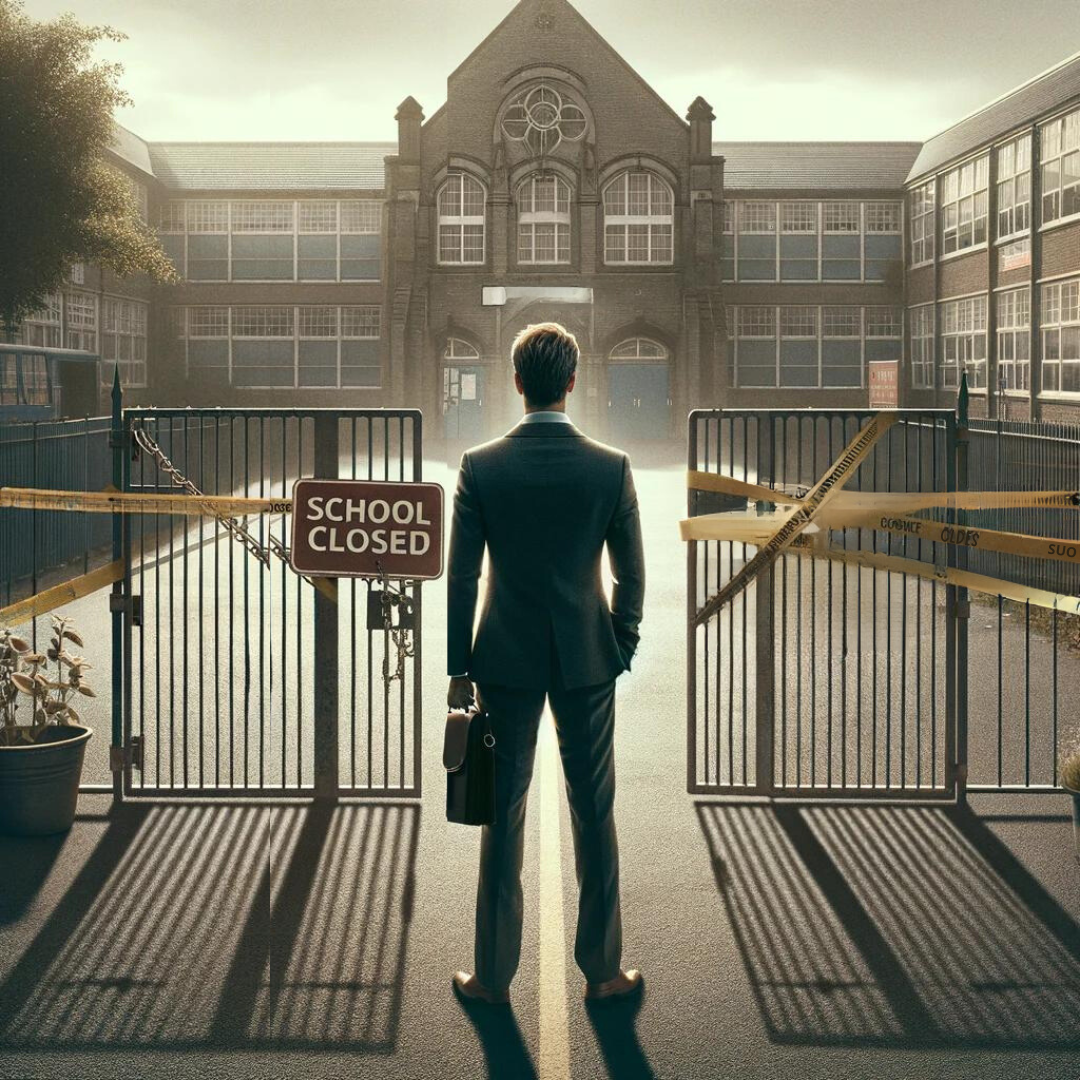An Overview of Public School Funding in Washington
Operating expenditures for Washington’s K-12 public schools have increased almost 92 percent in real terms since 1982, even though student population has increased by only 36 percent. In 2005, Washington taxpayers spent about $9,500 per public school student. In contrast, private schools typically spend around $6,000 per student. Even taking the differences in their missions into account, public schools still spend over 50 percent more per student than private schools, and generally achieve poorer academic results.
Despite a consistently high level of expenditure, less than half of Washington’s public school students pass all sections of the WASL test. Since 1990, Washington has spent over $1.7 billion in targeted appropriations on various education reform initiatives. All these special initiatives were aimed at increasing student achievement, and have at best led to only limited academic improvement.
Washington public schools are well funded, so simply spending more tax money is not the answer. Instead, there are proven reforms that can improve student learning in public schools. Studies show that schools where students consistently perform best operate in districts with the most decentralized administrative systems. Yet, in nearly all of Washington’s 296 school districts, local principals control less than six percent of the budget; 94 percent of education funding is controlled by central administrators. Rigid, top-down budgeting is very much the norm in Washington state.
For the last ten years, the Seattle School District has used a method that shows how districts can shift effective budget control to local principals. Seattle uses a “weighted student formula,” which allocates funds so that money follows the students, depending on their particular needs. In 2003, this method gave local principals control over 79 percent of their schools’ budgets. While this approach is an improvement, it is just a start in the right direction. The central bureaucracy of Seattle Public Schools still controls almost half of the money allocated by the state, and it determines the hiring and terms of employment for almost all the professional staff in the district.
Read the full Policy Brief here






